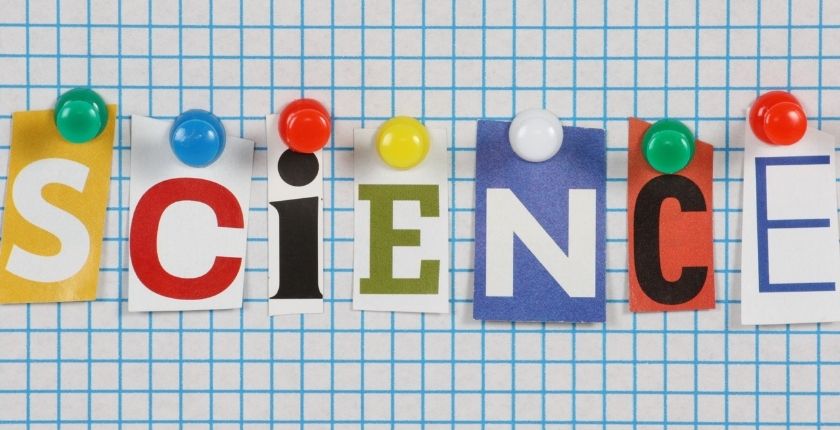By Jennifer Withington, Off-Campus Program Advisor
Do your kids wonder about the world around them? Are they curious about how things work? If so, they may be thinking like scientists! They don’t need lab coats or expensive equipment, though. All they need are their senses and a way to describe their work.
Scientists are curious people who use a system to test their questions. However, no special ring-decoder or handshake is needed to learn this system, and many of you already know or use it in your everyday life! It is called the “scientific method.”
In a nutshell, scientists make observations about something of interest, or a problem they would like to solve. This observation gets them wondering and asking questions. Eventually, they form a hypothesis or educated guess, which is often written as an “if this, then that” (ITTT) statement. And that’s where the fun begins because then it’s time to experiment!
Sometimes the results confirm the scientist’s hunch, but other times they do not match what was expected. One of the remarkable things about science is that, regardless of whether you are right or wrong, you learn from the process. Often, experimenting reveals more questions than answers, and kids, like scientists, can use those questions to guide their next experiment.
Even though articles on the latest discovery or invention rarely describe the many failures that preceded the success, the most important aspect of thinking like a scientist is understanding that failure is a vital part of the process. Thomas Edison faced many failures and setbacks with the design of the lightbulb and was quoted as saying, “I have not failed. I’ve just found 10,000 ways that won’t work.”
Science is EVERYWHERE, just waiting to be explored. Questions like “why do you eat, sleep, breathe, exercise, or take afternoon naps?” can lead to opportunities to observe, ask more questions, and discover new information. If you are unsure about where to start with science, check out What’s That Stuff?, The Kid Should See This, and Everyday Science for ideas and inspiration.
Take a moment to see the things around you and your family from a new perspective. Be curious and ask questions. Encourage your kids to test their ideas, work with others, and learn to view their failures as an opportunity to learn more. Before long, they may realize that they’ve been thinking like scientists all along.
What are some ways your family likes to use science in your everyday life? Let us know in the comments below.







